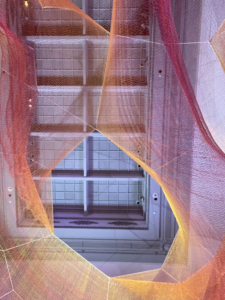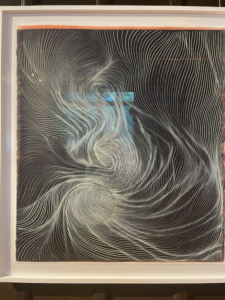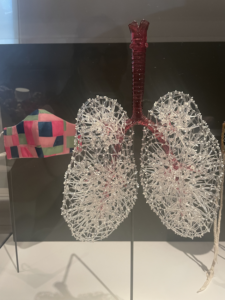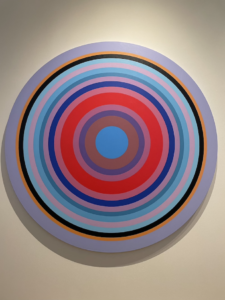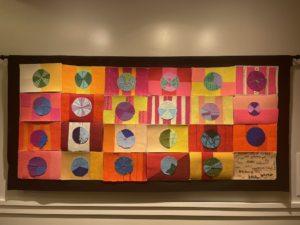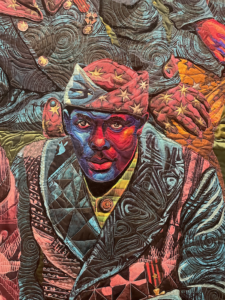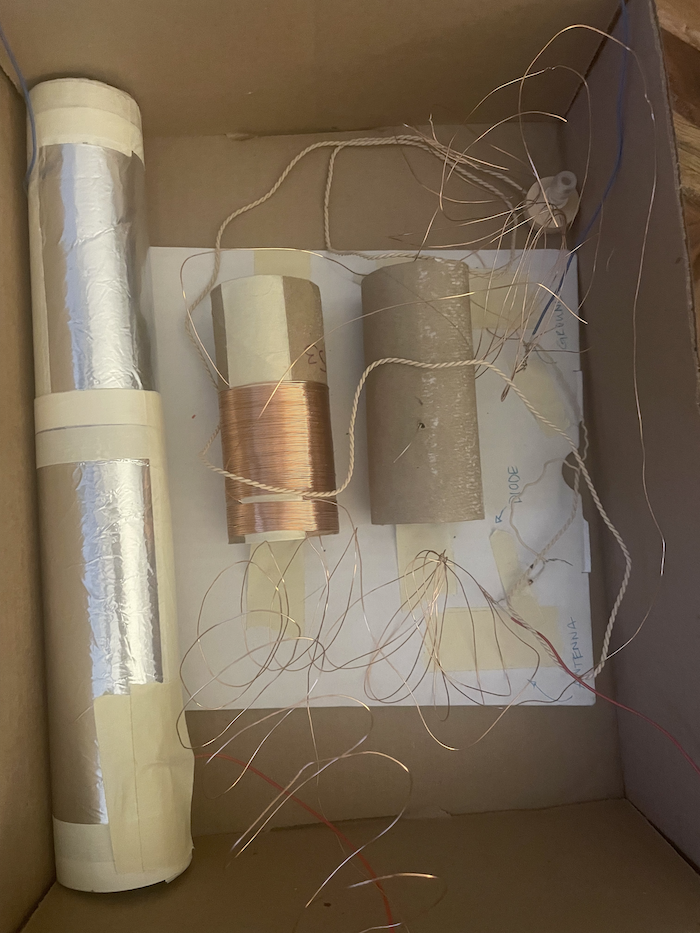After submitting my original proposal (or maybe even a little before), I was starting to lose sight of what I wanted to say or do with my project; what its form or focus should be. I don’t feel as though I had a lot to individually say in the poetry work I was doing, and wasn’t finding avenues of research that I enjoyed. The ask to resubmit due to lack of specificity came as no surprise. So, to reconcile, I decided it was best to lean on my background in theatre to come up with a project both that I could more passionately pursue, and that falls more in line with my take on “interactive art” in general. What’s followed is an extrapolation on the idea that I shared with Jason and Sehmon in Berlin; an exploration into the techniques and theories of Augusto Boal’s Theatre of the Oppressed. Theatre of the Oppressed is the larger umbrella for various forms of theatre that seek to question the hierarchical power structures present in art and society, the foremost of which is Forum Theatre. Forum Theatre seeks to engage the audience in the performance, challenging their role as spectators and encouraging them to become “spect-actors;” using their critical thinking and problem solving skills to change the course of the established scene towards a more desireable (or less “oppressive”) outcome. The current focus of my research is on this, and how this technique can be relevant in different locales. I’m working on a workshop that I can lead, one that–I hope–succinctly teaches of the history behind Boal’s theories/techniques, and challenges people to get up on their feet and participate in the exercises and discourse. This is what I have so far.
Rough Production Schedule: https://docs.google.com/document/d/16Rv93tiiCCGc0cKmJZ_ka161NmDJo4tgnwQ_t7hlZd8
Workshop Prototype: https://docs.google.com/document/d/1ynbwIscAvDy_miwYKCM_vPQO49pS42sGbogxBuso308
Open question: As I move forward with this research towards the summer, how can I make it my own? I want to make this relevant to the IMA/ITP-sphere, but am at a bit of a loss as to the form my final project could take. Sehmon proposed digital tools that facilitate performing Theatre of the Oppressed/Forum Theatre–which I love but don’t know how to feasibly do. Maybe it’s an exploration on the term “forum” theatre and what that could mean, a la online chat forums? IDK. HELP.


